Outsider art: Julian Charrière brings his globe-trotting artworks to London
Swiss artist Julian Charrière brings his awe-inspiring artworks to London in a new show called 'For They That Sow The Wind'

In his 28 years, Julian Charrière has achieved more than most artists can hope to in a lifetime. Namely, winning Switzerland’s most prestigious art prize twice, presenting a major outdoor exhibition at the Palais de Tokyo in Paris and creating work for the Venice Biennale. Next up on the Swiss-born artist’s agenda is his first UK solo show at the Parasol Unit, ’For They That Sow the Wind’.
Based in Berlin, where he trained at Olafur Eliasson’s Institute of Spatial Experiments, Charrière’s work has seen him travel to some of the most remote corners of the planet to gather inspiration and materials for his poetic works, that explore themes of time, the continuous cycle of past, present and future, ecology and human intervention.
Take for instance his photographic series Blue Fossil Entropic Stories, where we find Charrière in the Arctic Ocean atop a vast iceberg where, for eight hours, he unsuccessfully tried to sculpt its surface with a blow torch. Or Tropisme, an ode to the Cretaceous period, where a collection of orchids and cactuses known to have existed during this geological period have been shock frozen in liquid nitrogen and sealed in a refrigerated sealed glass vitrine.
As well as these celebrated works, the show at Parasol Unit, curated by its founder/director Ziba Ardalan, is set to include some new site-specific pieces. Visitors to the exhibition can also enjoy a full-colour publication that includes two insightful essays, one by contemporary philosopher Timothy Morton and the other by Ardalan herself, along with an interview with the artist.
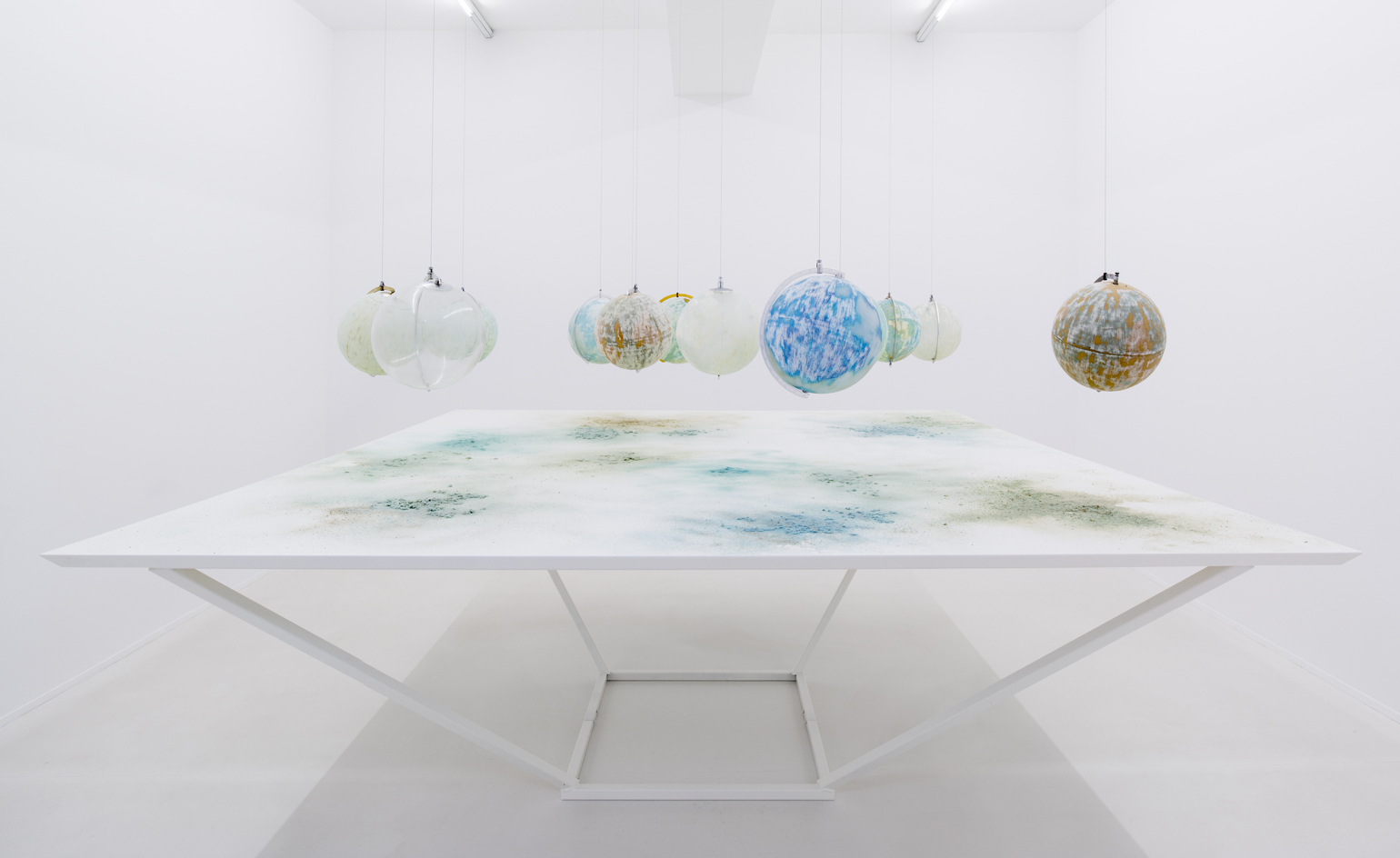
Included in the show are works such as We Are All Astronauts, in which a series of 13 world globes are strung up above a table and carefully sanded to eliminate their geopolitical contours and territories. The dust gathered below creates a new and undefined landscape of its own. Pictured: We Are All Astronauts, 2013
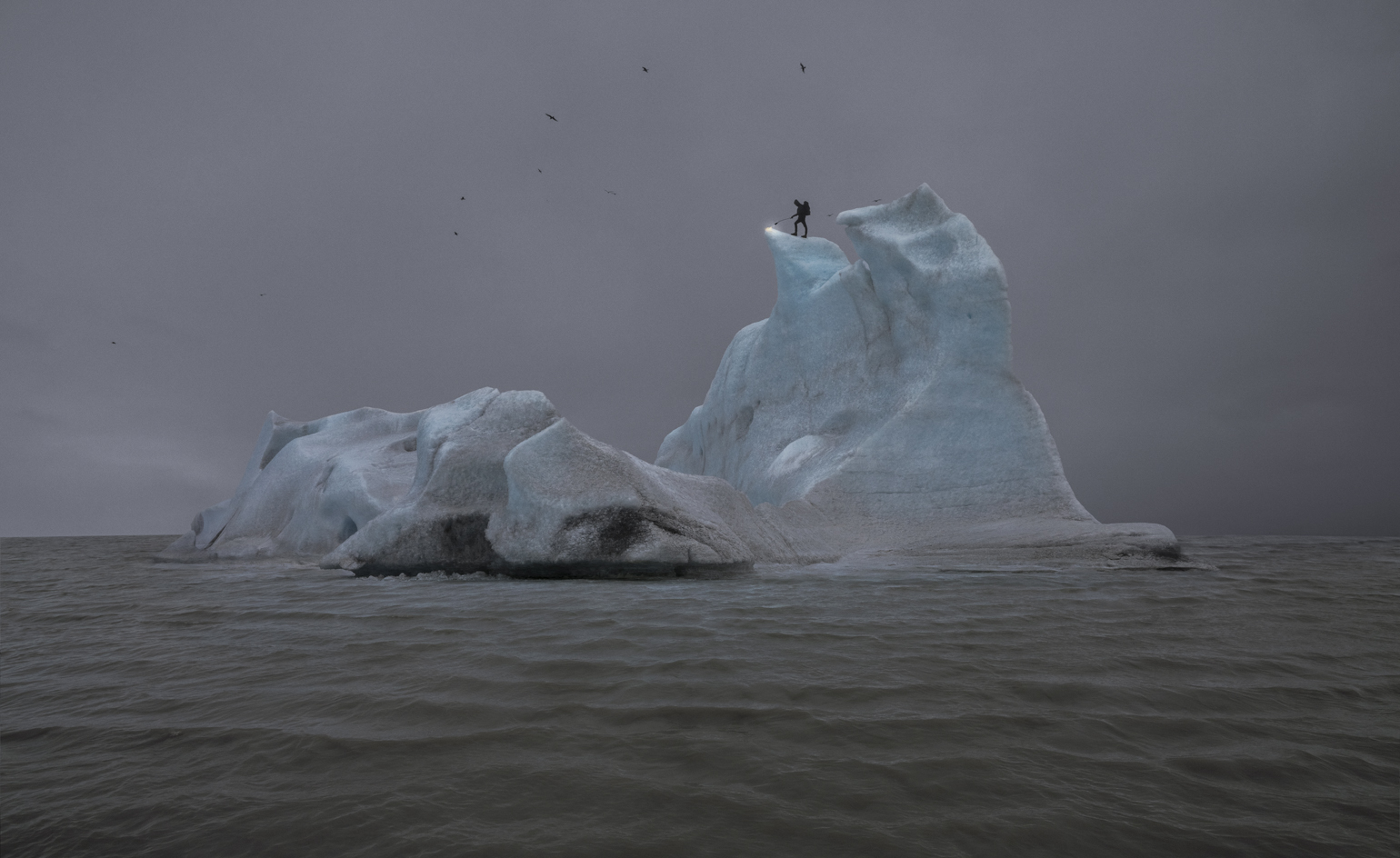
In the photographic series Blue Fossil Entropic Stories, we find Charrière in the Arctic Ocean atop a vast iceberg where, for eight hours, he unsuccessfully tried to sculpt its surface with a blow torch. Pictured: The Blue Fossil Entropic Stories (1), 2013
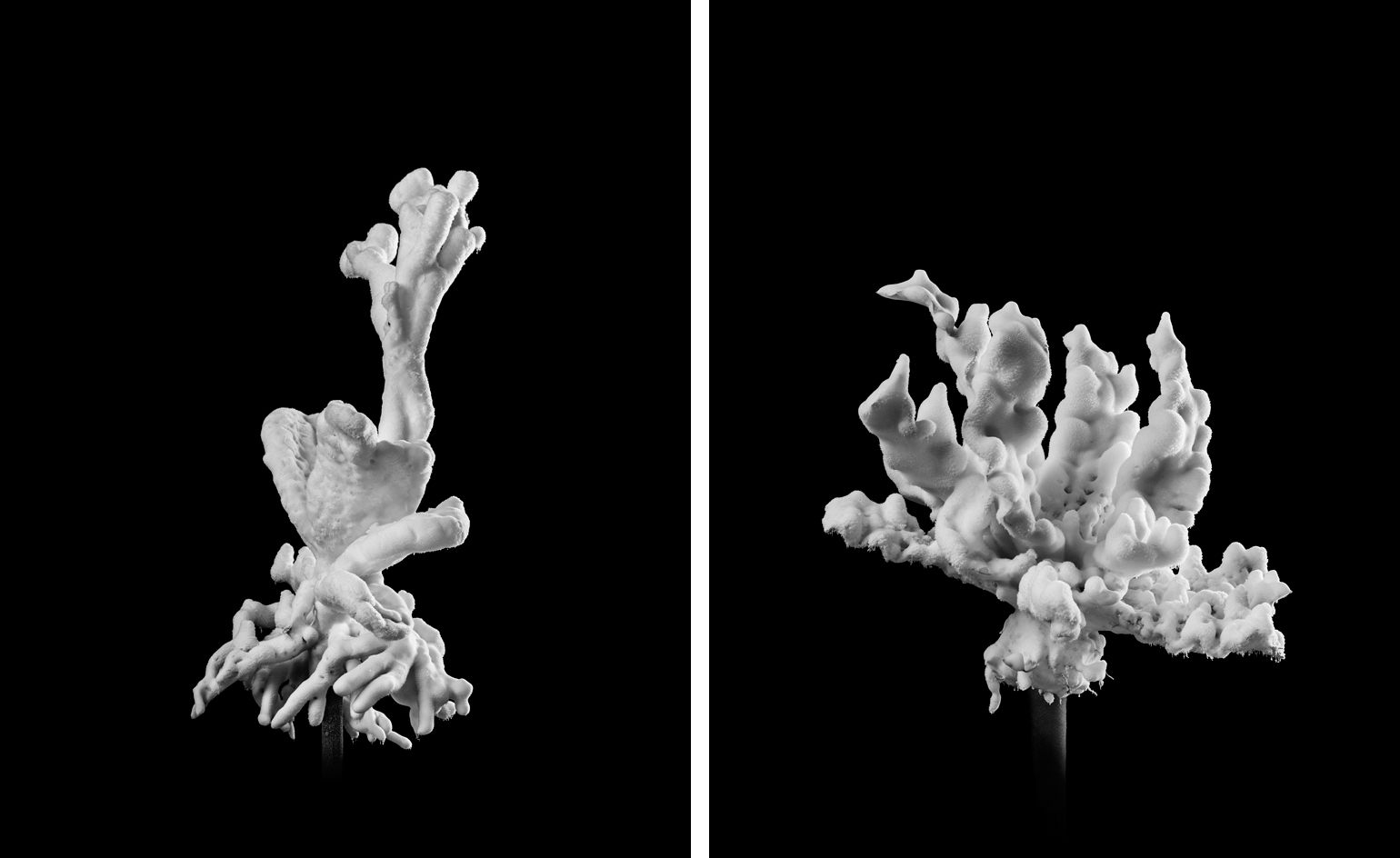
Tropisme is Charrière’s ode to the Cretaceous period, where a collection of orchids and cactuses known to have existed during this geological period have been shock frozen in liquid nitrogen and sealed in a refrigerated sealed glass vitrine. Pictured: Tropisme, 2015
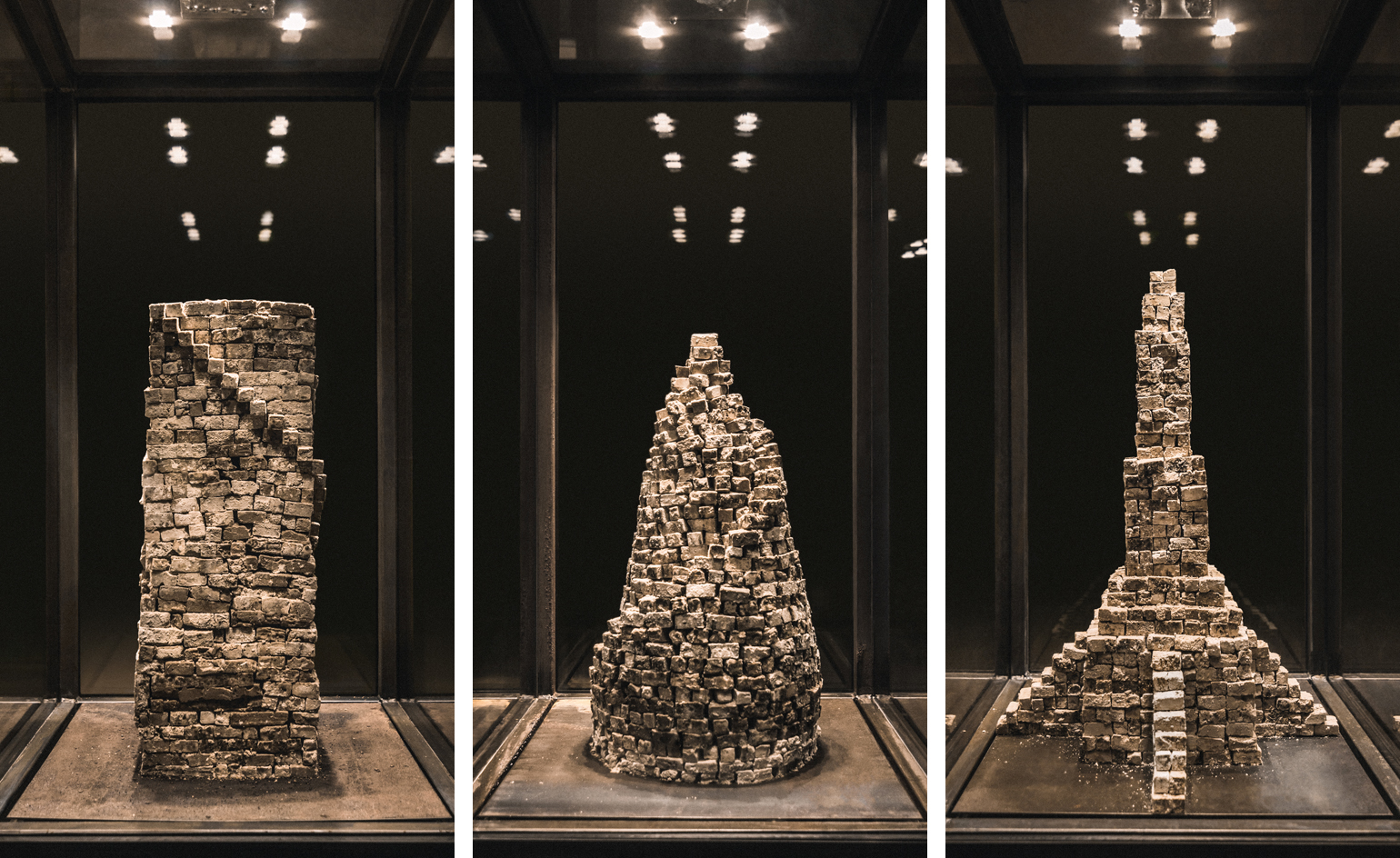
In Somehow, They Never Stop Doing What They Always Did, structures made from small plaster, fructose and lactose bricks are moistened with water from major international rivers and displayed in glass cases. Over time, their surfaces begin to gradually decompose. Pictured: Somehow, They Never Stop Doing What They Always Did, 2013
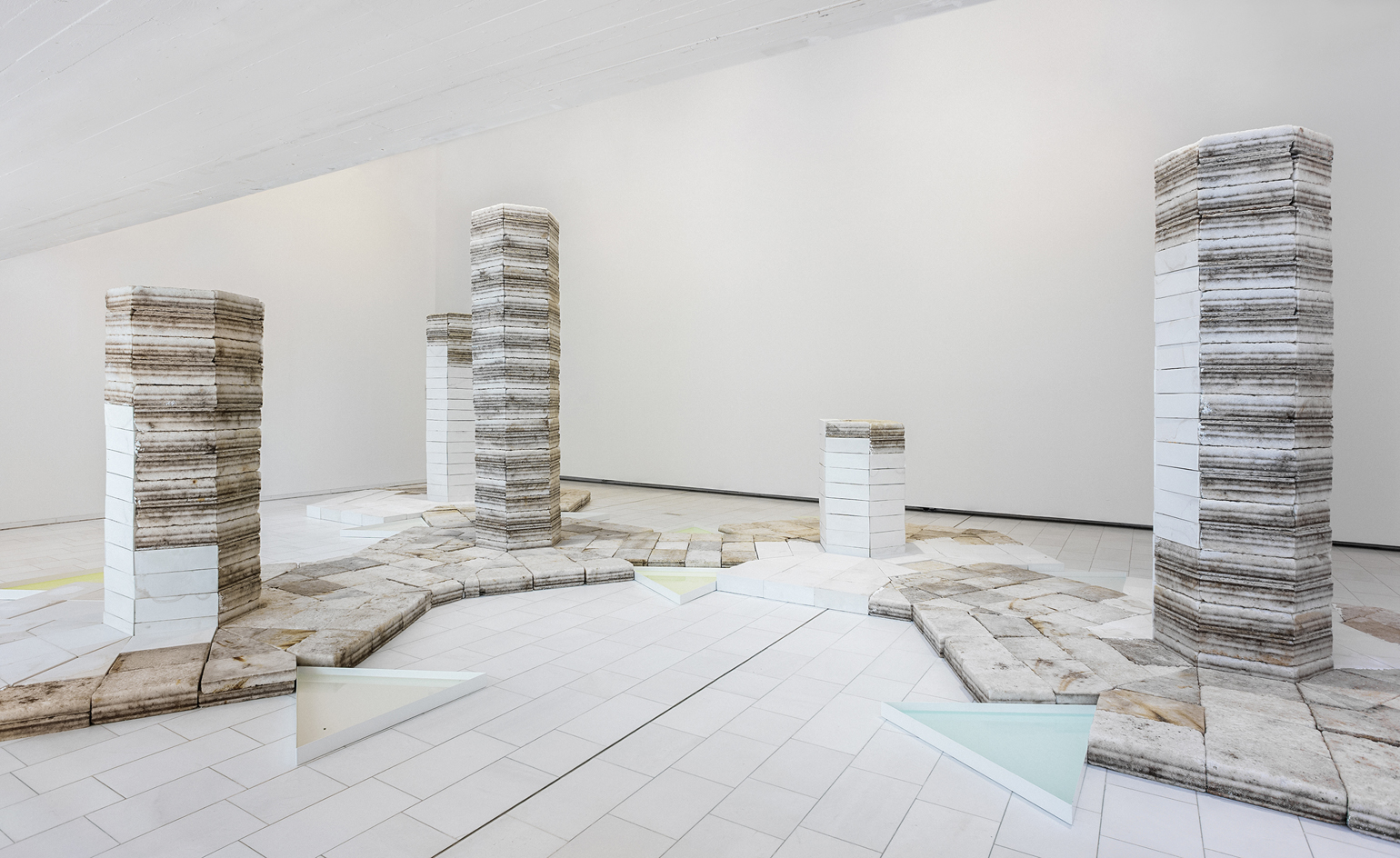
Columns were made using a large configuration of thick salt bricks extracted from the Salar de Uyuni salt deposits in Bolivia, South America; a region now commonly referred to as the ’lithium triangle’. Pictured: Future Fossil Spaces, 2014
INFORMATION
’Julian Charrière: For They That Sow the Wind’ is on view from 15 January–23 March 2016. For more information visit Parasol Unit’s website
ADDRESS
Receive our daily digest of inspiration, escapism and design stories from around the world direct to your inbox.
Parasol Unit Foundation for Contemporary Art
14 Wharf Road
London, N1 7RW
Ali Morris is a UK-based editor, writer and creative consultant specialising in design, interiors and architecture. In her 16 years as a design writer, Ali has travelled the world, crafting articles about creative projects, products, places and people for titles such as Dezeen, Wallpaper* and Kinfolk.
-
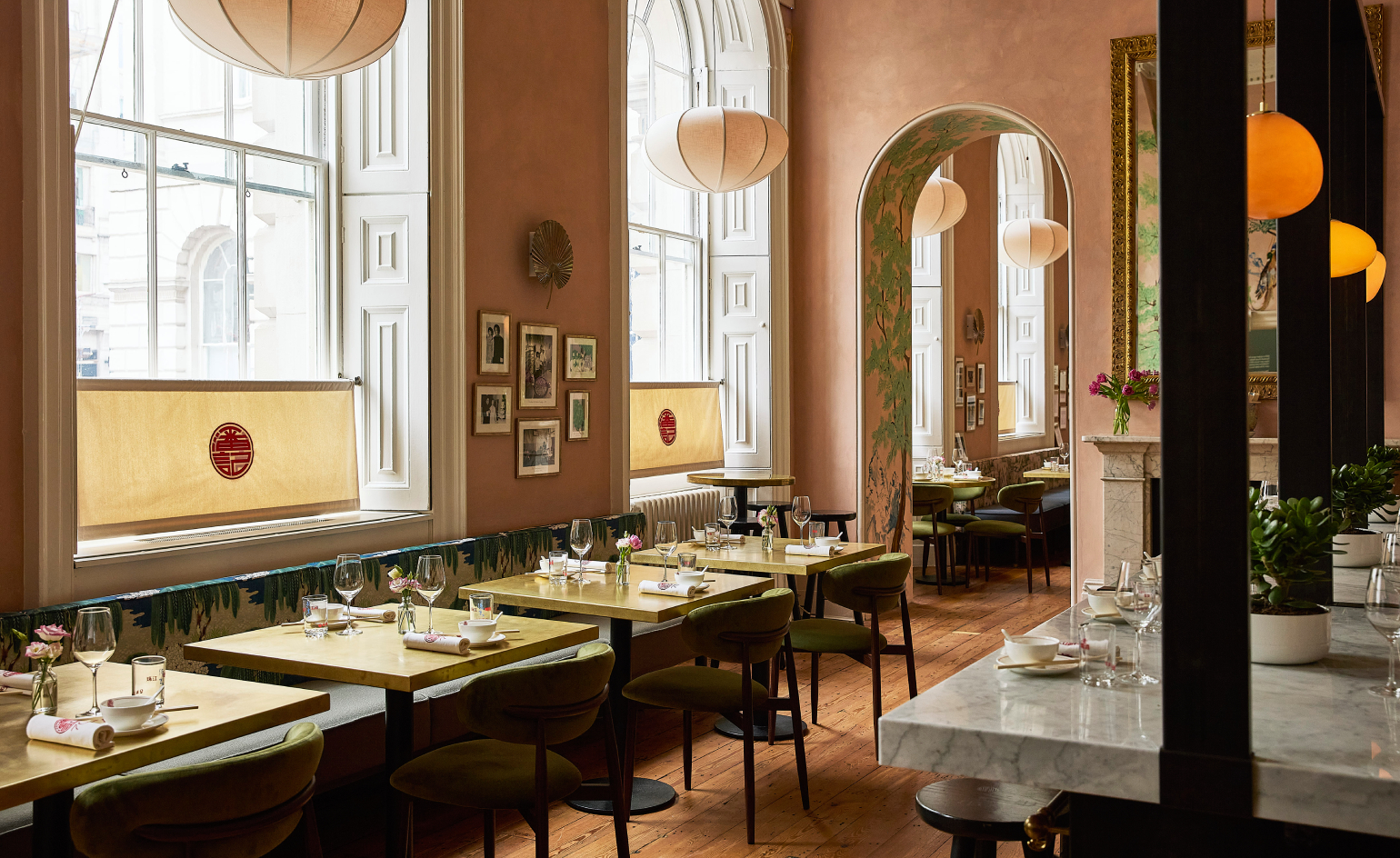 Poon’s returns in majestic form at Somerset House
Poon’s returns in majestic form at Somerset HouseHome-style Chinese cooking refined through generations of the Poon family craft
-
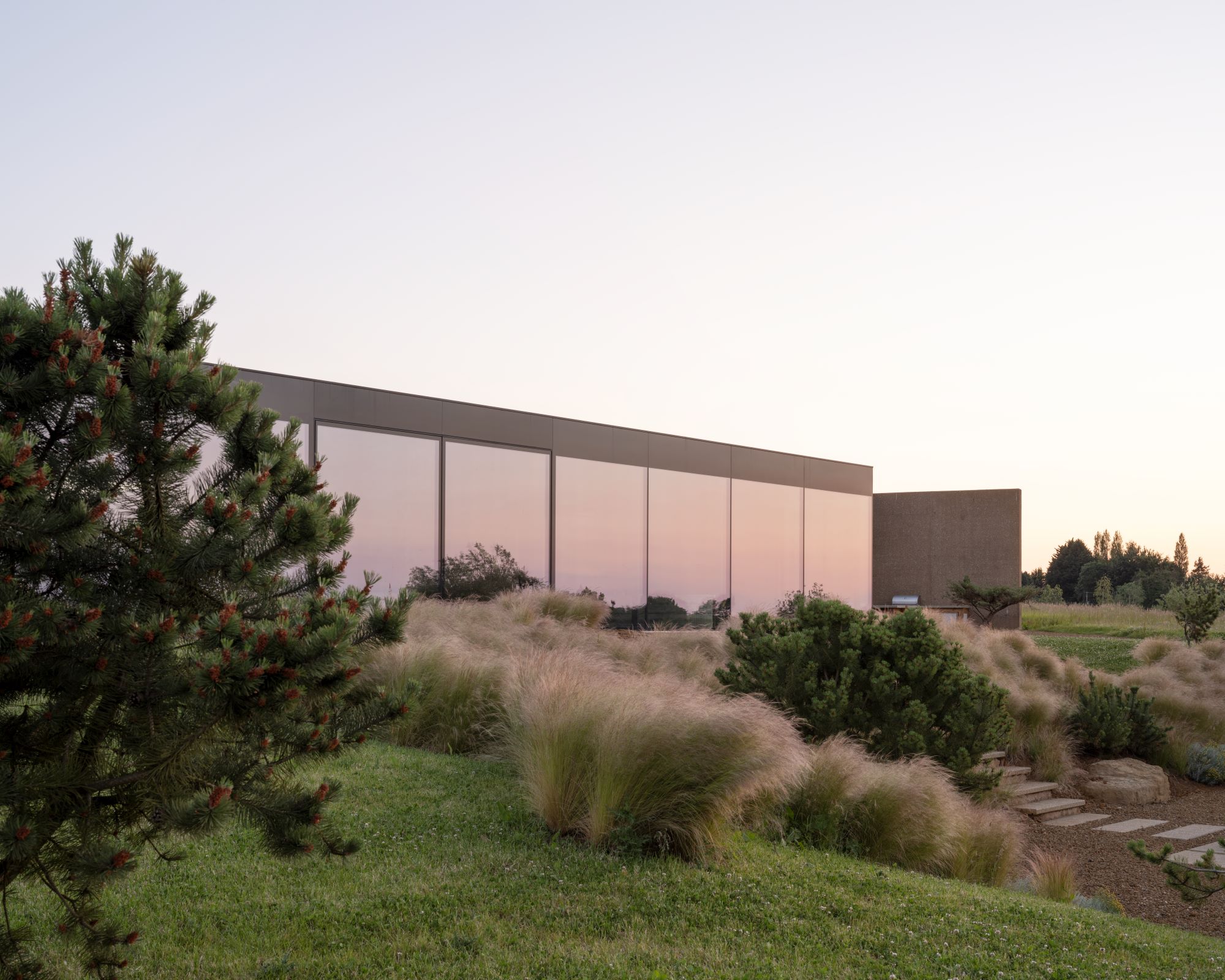 In this Cotswolds home, drama meets minimalism
In this Cotswolds home, drama meets minimalismCotswolds home Hiaven house, with interiors designed by McLaren Excell, is a perfect blend of contemporary chic and calm, countryside drama
-
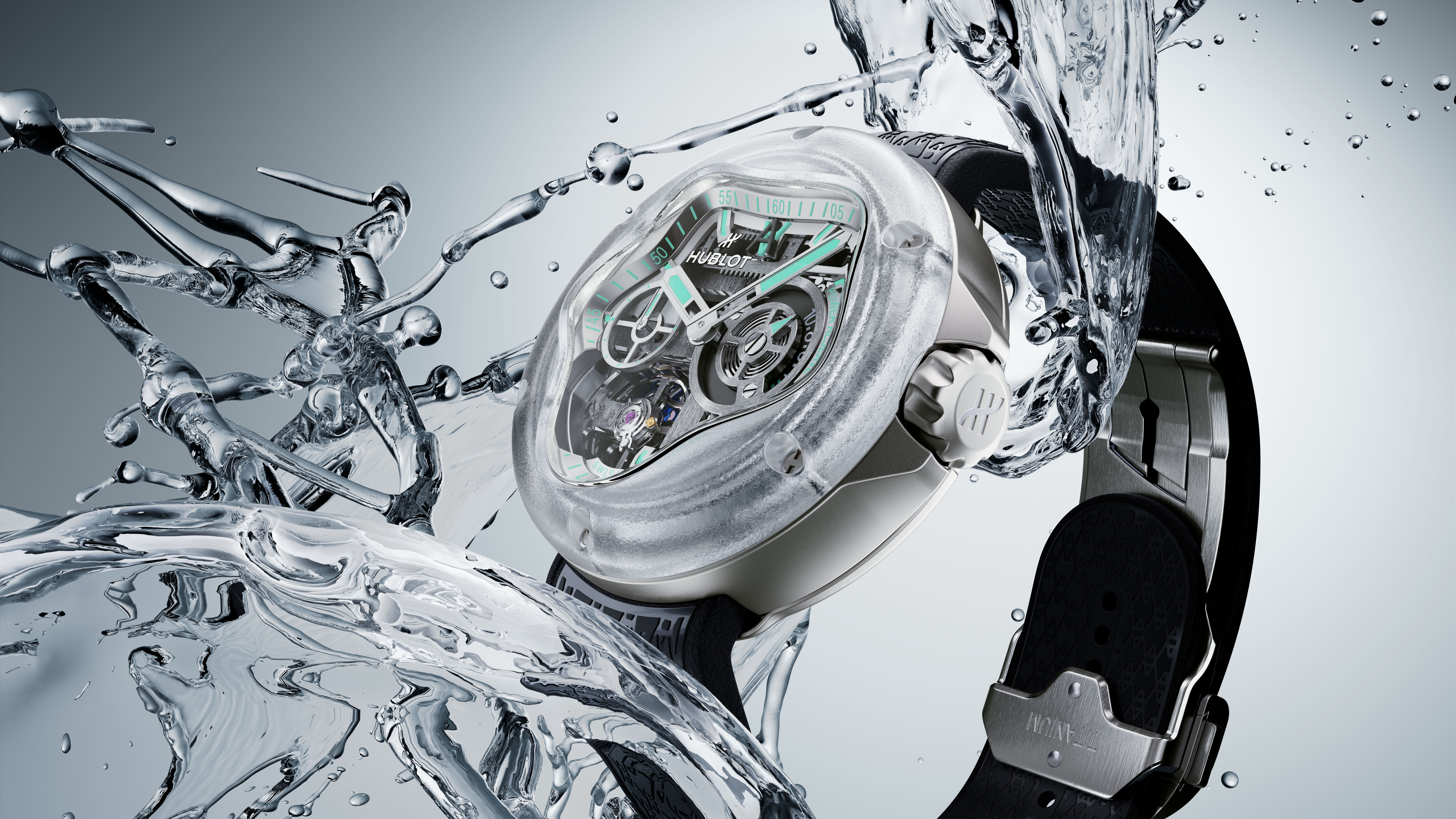 Hublot and Daniel Arsham make a splash
Hublot and Daniel Arsham make a splashThe Hublot MP-17 MECA-10 Arsham Splash Titanium Sapphire watch rethinks a traditional design
-
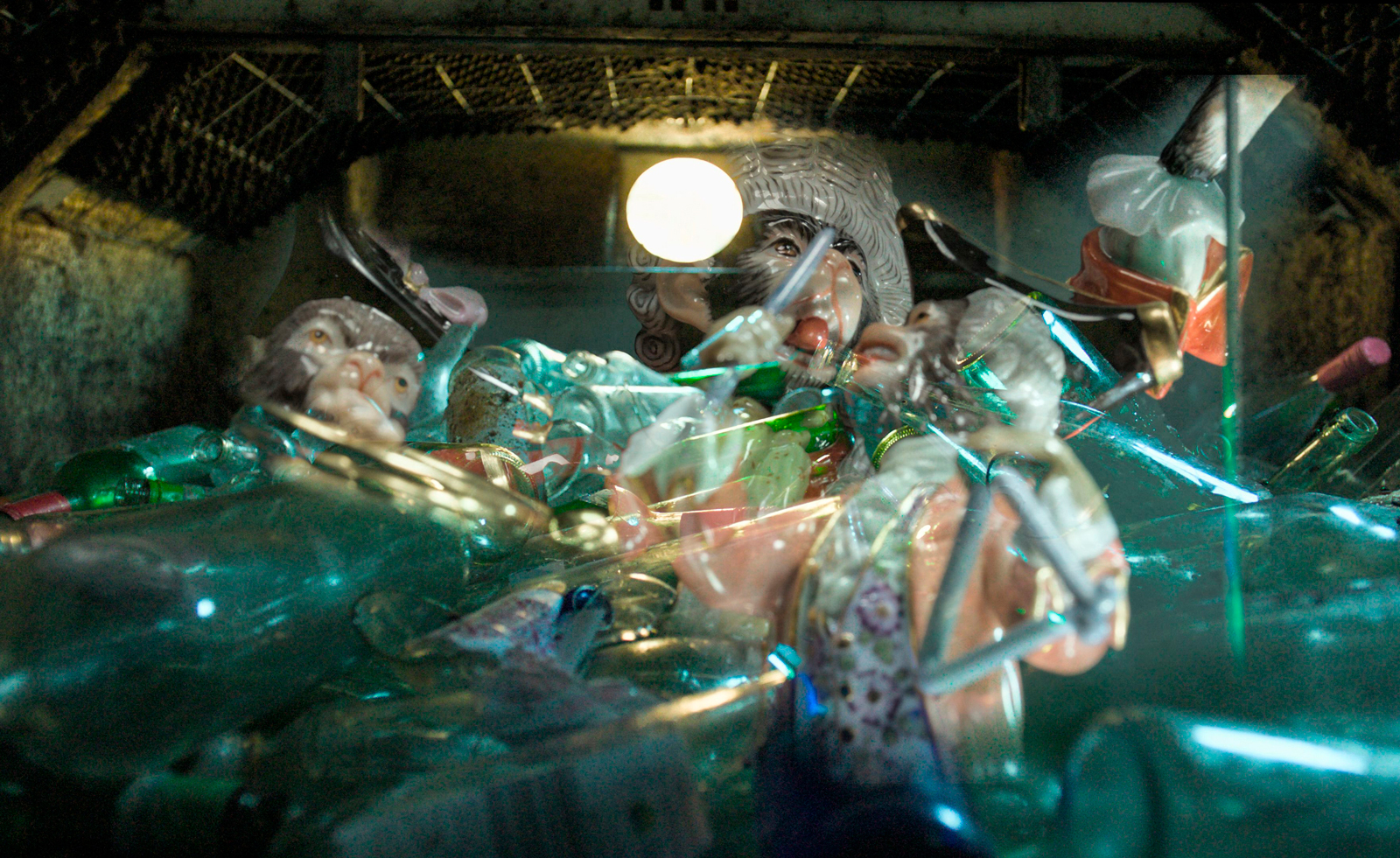 Thrilling, demanding, grotesque and theatrical: what to see at Berlin Gallery Weekend
Thrilling, demanding, grotesque and theatrical: what to see at Berlin Gallery WeekendBerlin Gallery Weekend is back for 2025, and with over 50 galleries taking part, there's lots to see
-
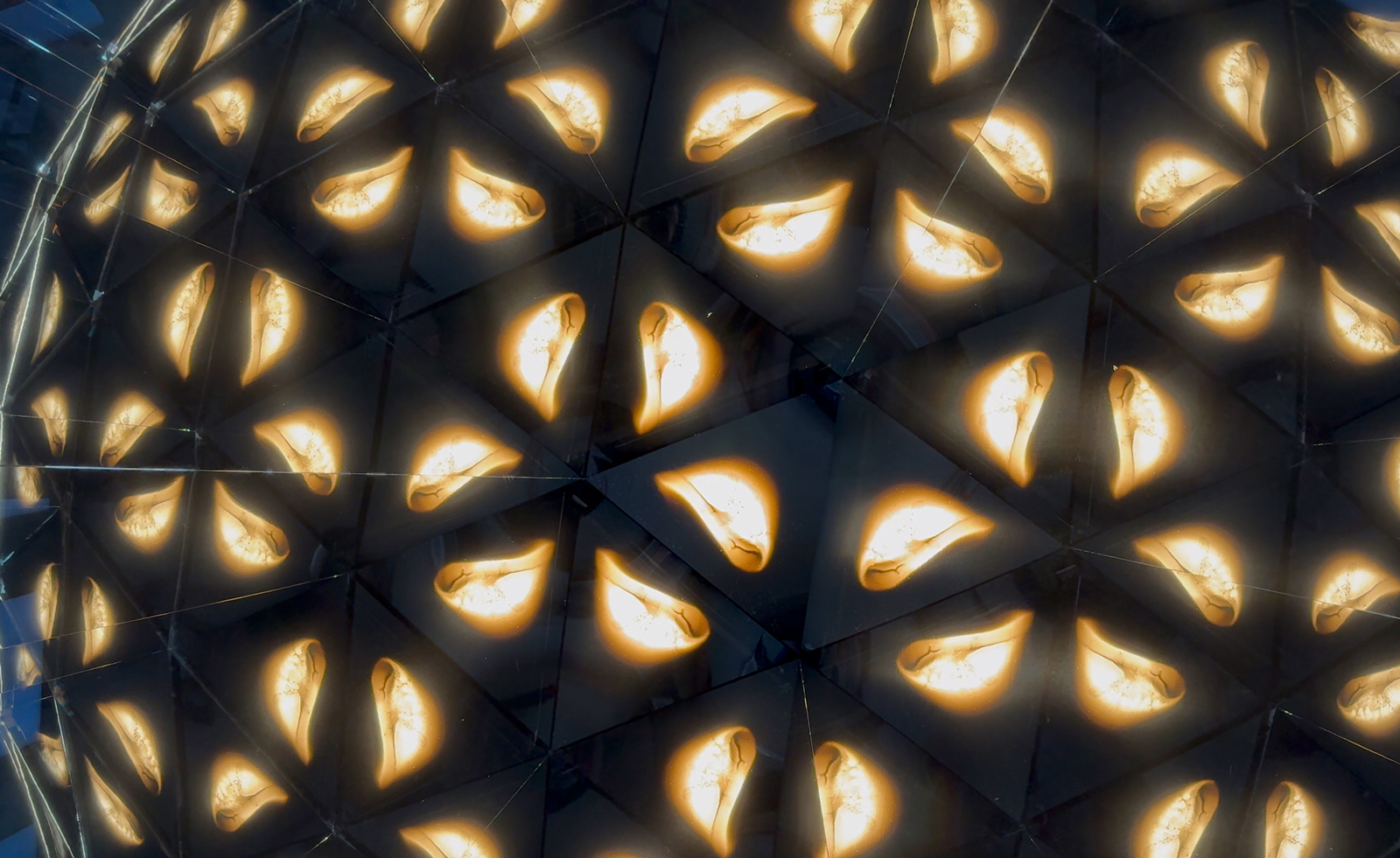 Olafur Eliasson's new light sculptures illuminate Los Angeles
Olafur Eliasson's new light sculptures illuminate Los AngelesOlafur Eliasson's new exhibition, 'Open,' at the Museum of Contemporary Art in Los Angeles, includes 11 new pieces
-
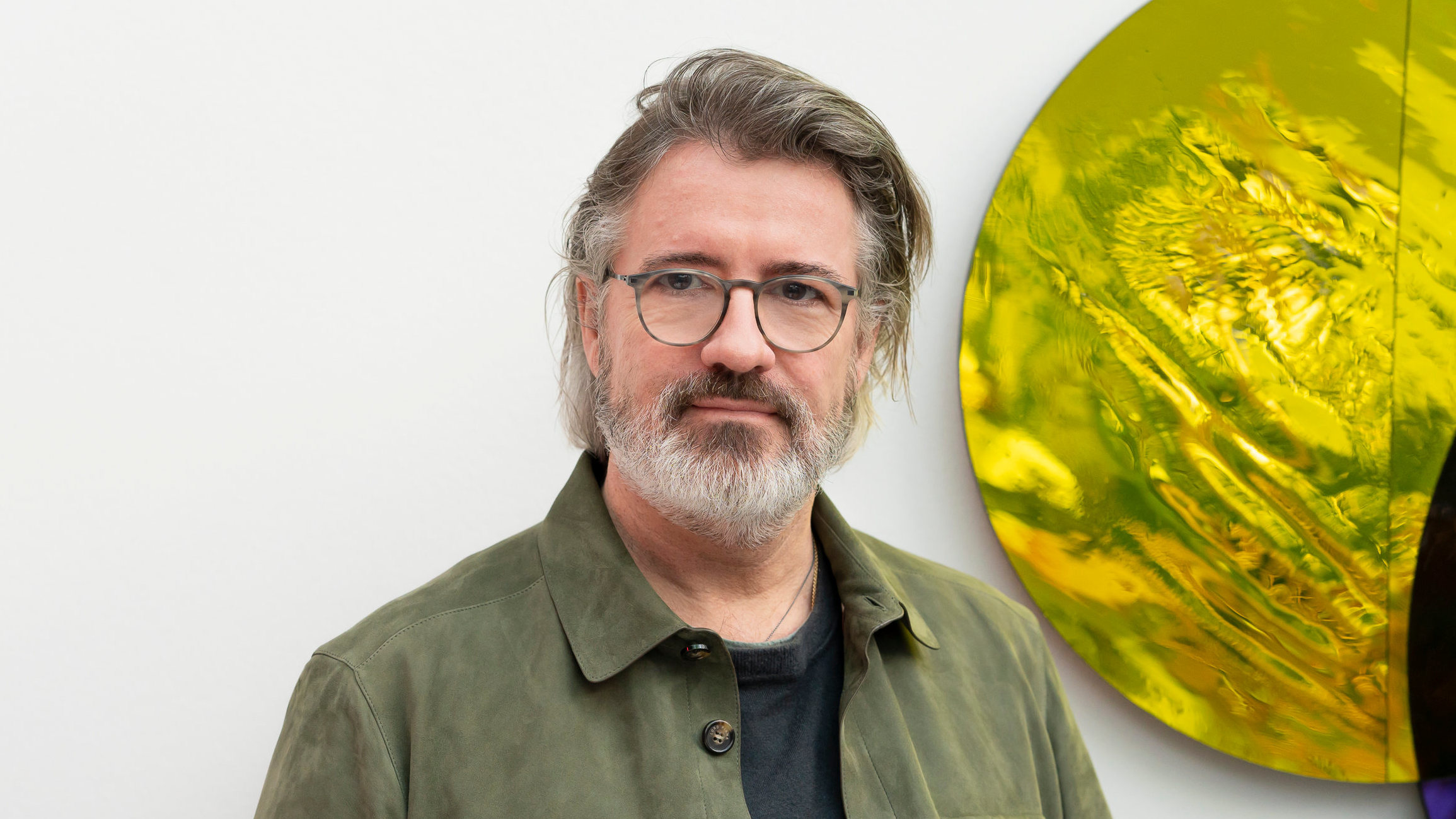 WeTransfer announces Olafur Eliasson as its new annual guest curator
WeTransfer announces Olafur Eliasson as its new annual guest curatorArtist Olafur Eliasson becomes the latest guest curator for WeTransfer’s WePresent creative portal
-
 Olafur Eliasson inaugurates Azabudai Hills Gallery in Tokyo
Olafur Eliasson inaugurates Azabudai Hills Gallery in TokyoOlafur Eliasson marks launch of Azabudai Hills Gallery, in Tokyo’s major new district, with a show of elemental strength
-
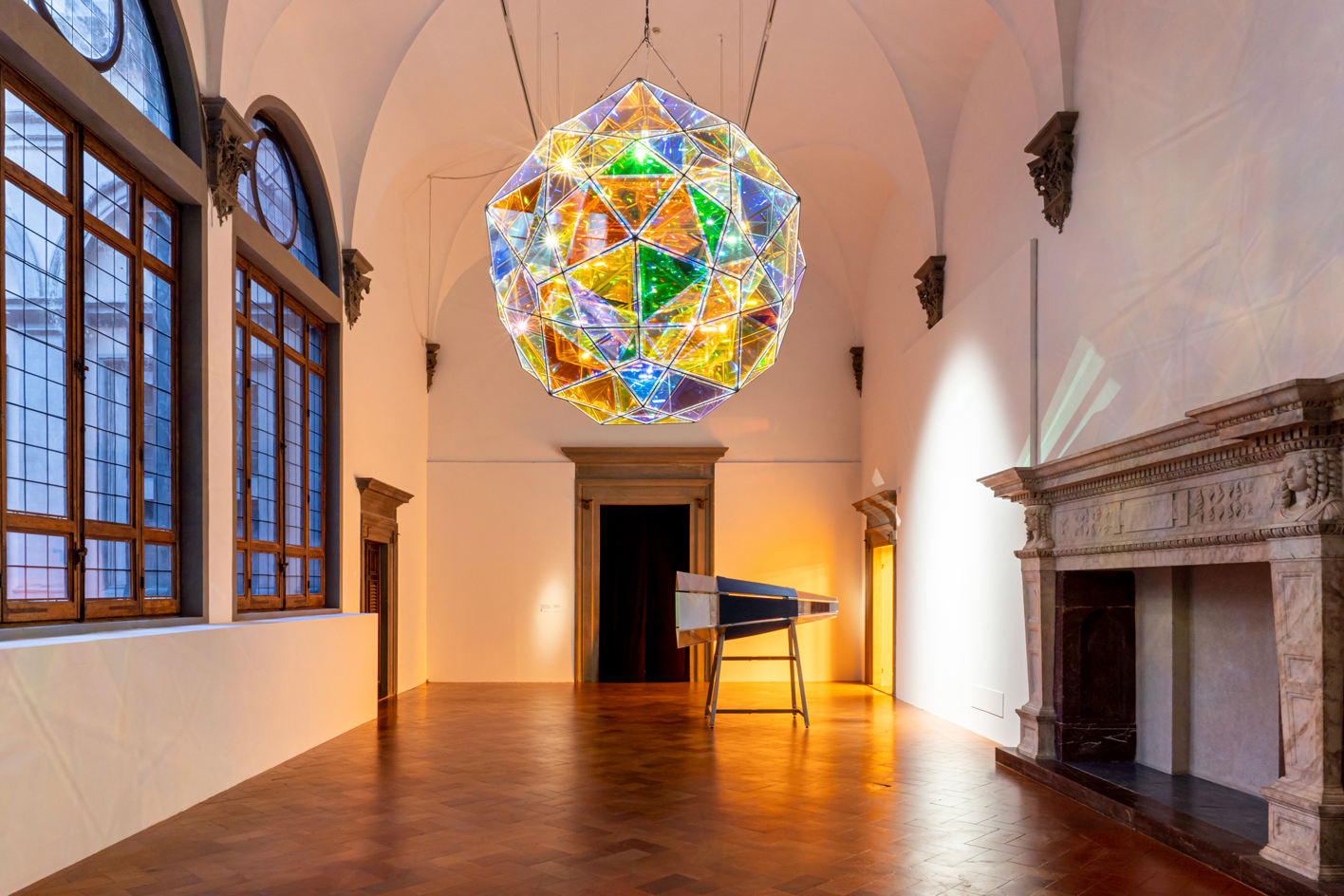 Olafur Eliasson saturates Palazzo Strozzi in VR, illusion and Renaissance rationality
Olafur Eliasson saturates Palazzo Strozzi in VR, illusion and Renaissance rationalityIn ‘Nel Tuo Tempo’, a major show at Florence’s Palazzo Strozzi, Olafur Eliasson bends perceptions of Renaissance architecture through dazzling site-specific installations
-
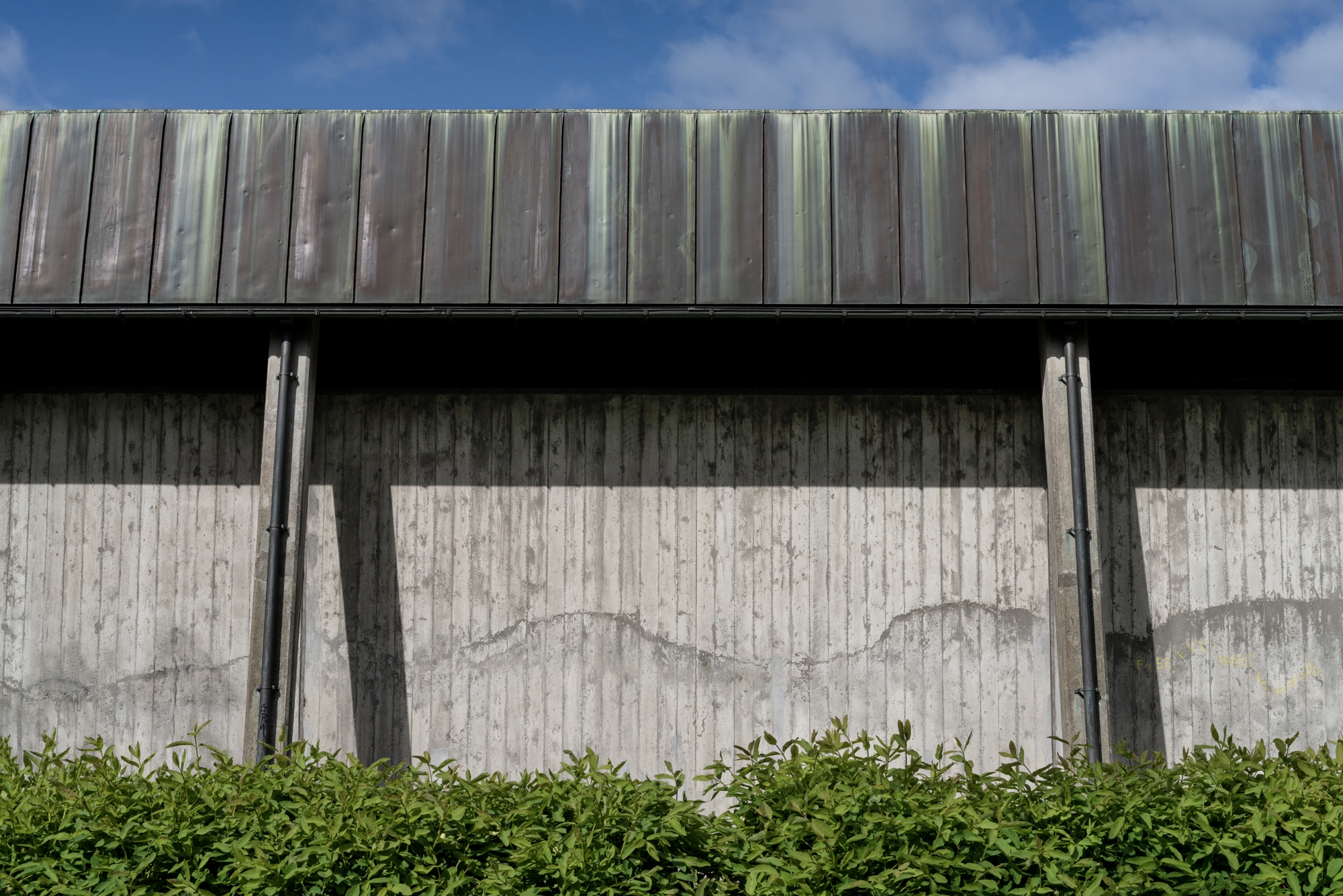 Culture, creativity and concrete in Reykjavík
Culture, creativity and concrete in ReykjavíkPerfectly located between North America and Europe, Reykjavík has become a cultural pitstop for collectors, attracted by the Icelandic capital's vibrant art scene, emerging gallery spaces, and striking architecture
-
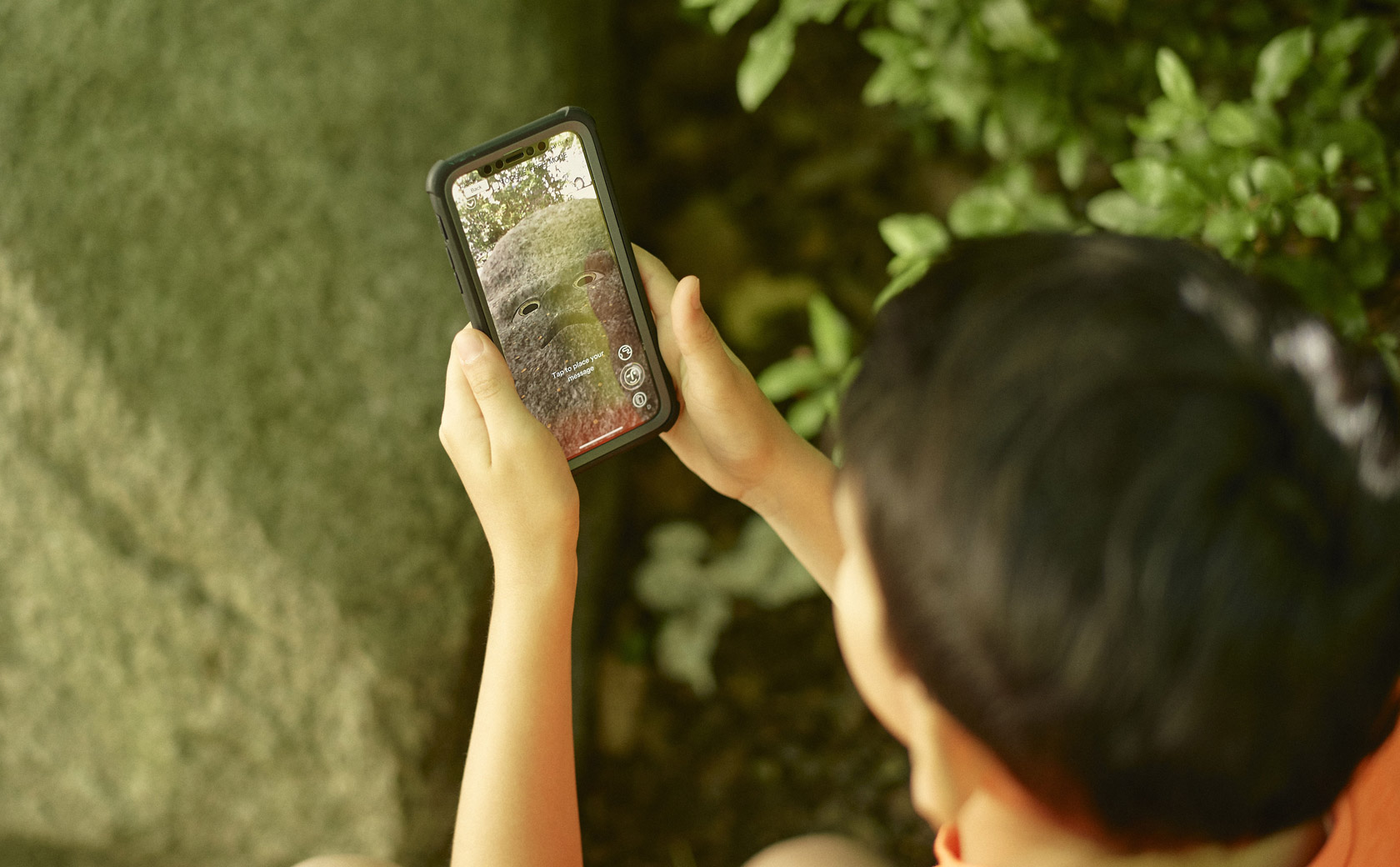 Olafur Eliasson’s AR app sees kids speak up for the planet
Olafur Eliasson’s AR app sees kids speak up for the planetThe Danish-Icelandic artist’s augmented reality Earth Speakr initiative puts children at the core of the climate change discourse
-
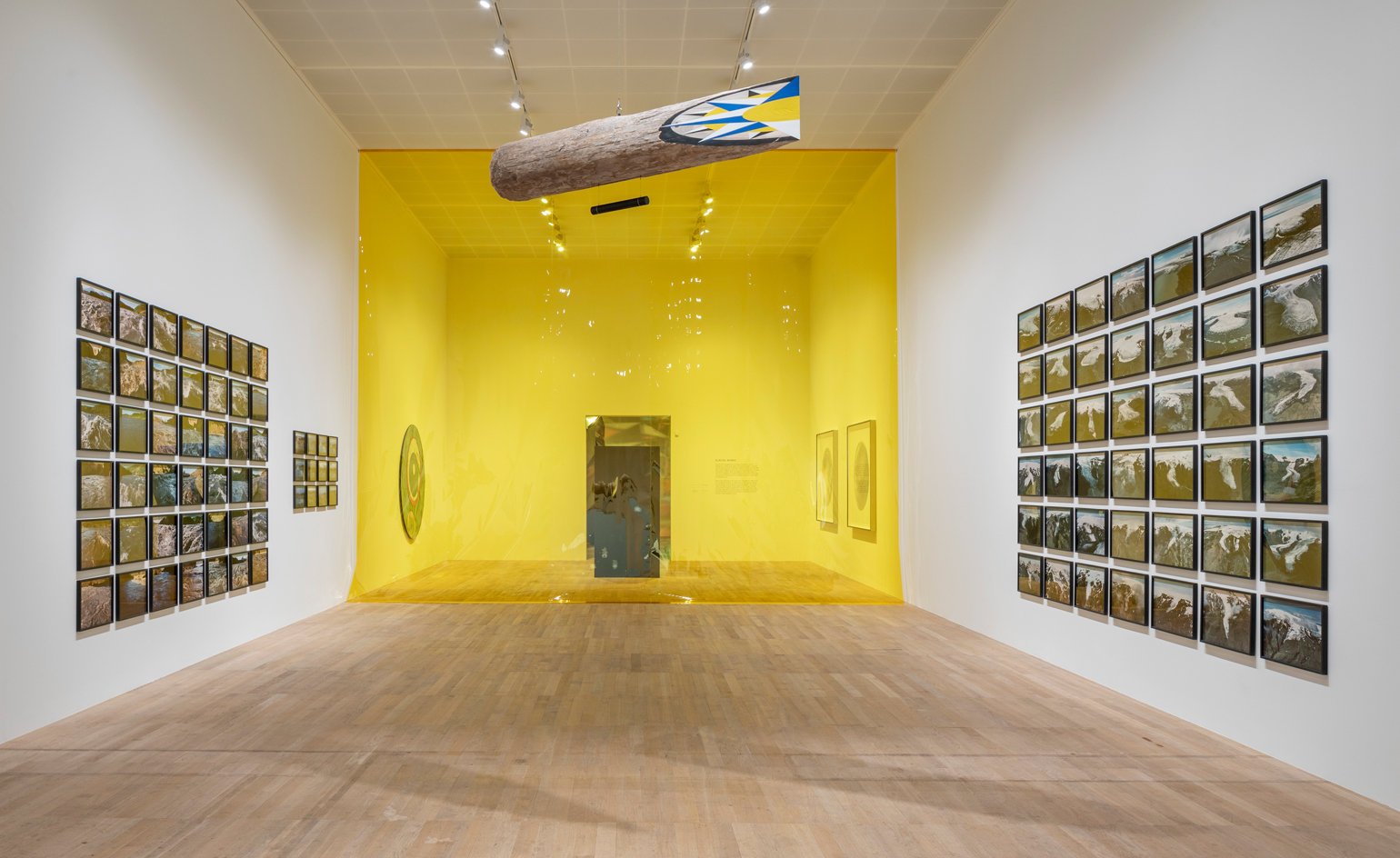 Olafur Eliasson’s climate-centric show takes Tate by storm
Olafur Eliasson’s climate-centric show takes Tate by stormThe Danish-Icelandic artist’s summerlong Tate Modern takeover begins with far-reaching retrospective and Terrace Bar treats